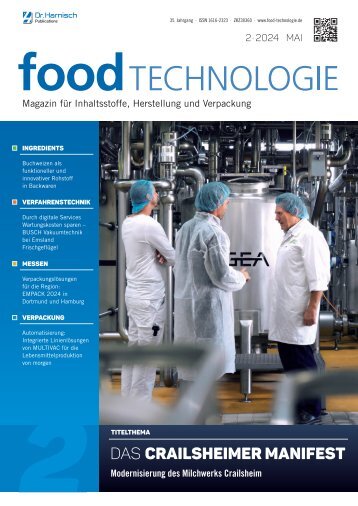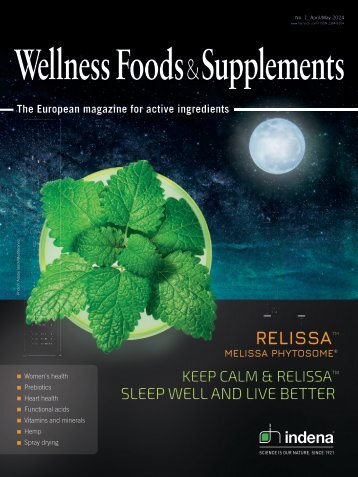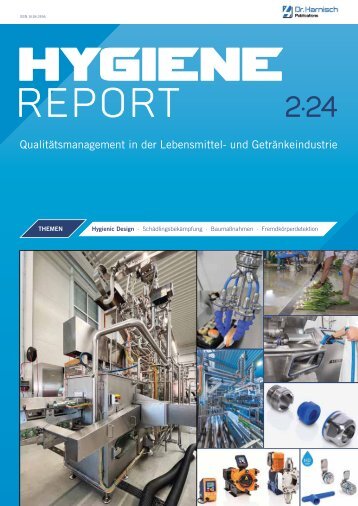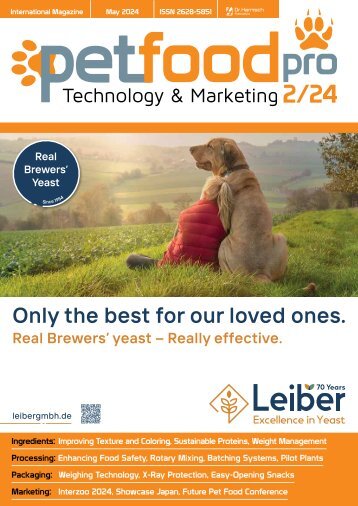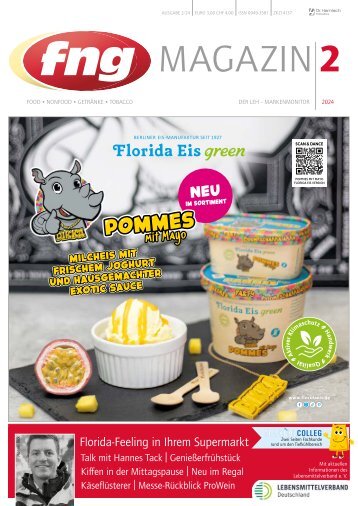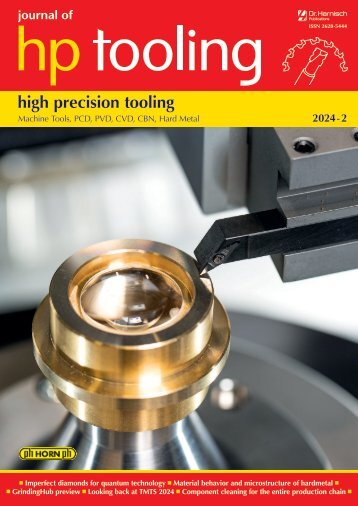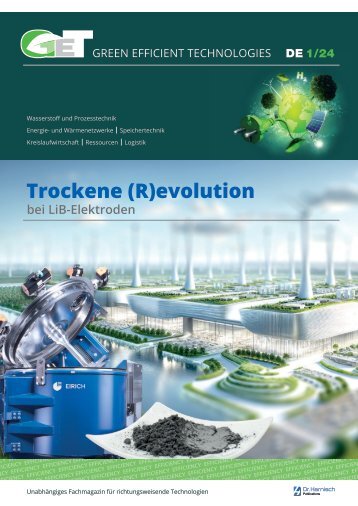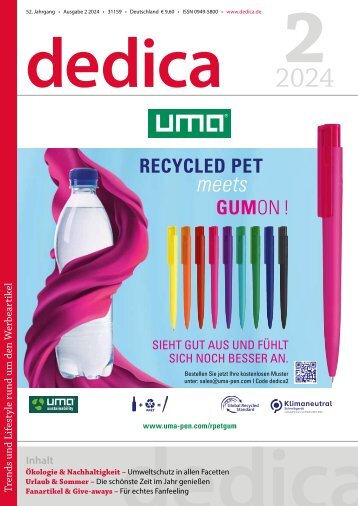food Marketing - Technology 4/2023
- Text
- Harnischcom
- Bakery
- Protein
- Ethiopia
- Processing
- Baking
- Consumers
- August
- Ingredients
- Marketing
- Products
Packaging Turning
Packaging Turning Traceability into Marketing Gold Digitalized traceability systems can turn a costly legal requirement into easy routines which give you and your customers peace of mind – and an opportunity to increase margins by marketing your product provenance, explains Mathew Simpson of CSB-System. “The traceability of food … shall be established at all stages of production, processing and distribution” ( according to regulation EC 178/2002). Statutory regulations such as this, along with food industry standards such as Codex Alimentarius, BRC Global Standard for Food Safety and individual retailer standards have really driven the mass adoption and implementation of traceability systems for all stages of food production. Whilst the requirement for traceability is a good thing for consumer safety and market transparency, it does cause difficulties for manufacturers. There is a direct administrative cost to recording and managing all that information - and it is often difficult to achieve because recipe processing is complex. For example, ingredients such as sugar and salt are present in most recipes. A single 20kg bag of sugar could therefore find its way into ten batches of different finished products. Furthermore, flexibility in production is also reduced. Whereas previously, substituting beet sugar for cane sugar would have been a simple expedient to cover a shortfall, now a written derogation is required, or alternatives have to be written into the specification in advance. Moreover, it is now not enough to purchase sugar from any reputable supplier; instead, suppliers must be approved in advance and also written into the specification, and it is necessary to record from which supplier the sugar came for every batch. Nevertheless, as the saying goes, ‘every challenge is an opportunity’. Viewed in another way, ‘traceability’ is only a more technical word for provenance – or ‘knowing-where-itcame-from’. And for many consumers and many products, provenance is an important part of the buying decision. In some famous cases, the provenance of a product has been turned into commercial gold. Champagne is perhaps the most famous example, but even potatoes (Jersey Royal) and pasties (Cornish) have been granted official legal protection by the EU – which helps them to market their unique traceability. 36 food Marketing & Technology • August 2023
Packaging Protected geographical indication (PGI) and protected designation of origin (PDO) are official EU legal terms which enshrine provenance in law. And while many products cannot meet the threshold to win PGI or PDO status, it has become commonplace to indicate geographical origin on food labels (Irish Beef; Welsh Lamb; Scottish Raspberries: Devon Custard; Madagascan Vanilla). Provenance really matters to consumers because it delivers prestige and satisfaction in perceived or real product quality. Knowing where it came from helps people to avoid bad, unsafe or poor-quality products. People want to know and believe their beef is coming from Ireland so that they can be sure they are not paying for horse meat or out of date meat. Most products may not be able to market traceability quite so effectively as Champagne, but it is clear that one of the key pillars of the commercial proposition is traceability to region. Furthermore, if you can extend this to identify the farm where a joint of beef came from or the dairy producing a particular cheese – and if this information can also be accessed by the consumer through a QR code on the packaging – you are helping to create an image of exclusivity for your product that sets it apart from its rivals. This type of traceability is clearly more about marketing than product safety – but the two things can be aligned because the same technology can deliver both. assures traceability within the process. The system instructs the operative by displaying the plan or the recipe along with work instructions. By scanning the item, the operative directly records the batch being used. In the act of weighing, the operative follows the instruction and records the weight taken. In following these steps, the operative did nothing more physically than they did in a system without traceability except scanning a barcode. Yet through this one additional procedure, it becomes easier to weigh out the right ingredients and harder to weigh out the wrong ingredients. Equally important, this means that the stock position for all the ingredients (and their approved substitutes) will be known in real time. Therefore, integrated planning functionality can calculate the exact requirements for each ingredient and flag up a shortfall - and an approved substitute - in advance. You won’t run out of the ‘right’ type of sugar if you have the right type of ERP system in place. What you will do is transform a costly legal requirement into a virtuous system of quality assurance with a potential marketing benefit – alchemy! fmt With the right ERP in place, the costs of ensuring products can be traced back to origin or forward to destination can be transformed into a virtuous system of quality assurance, product consistency and increased efficiency – which also automatically delivers traceability. Where the ERP is integrated to the weighing scales and scanners, the instructing, doing and recording steps in the production process can be combined into a single ergonomic routine which food Marketing & Technology • August 2023 37
- Seite 1 und 2: 4/23 Vol. 37 • 31377 ISSN 0932-27
- Seite 3 und 4: Editorial Hidden in Full Sight Ther
- Seite 5 und 6: 7/14/23 12:00 PM Vol. 37 • 31377
- Seite 7 und 8: Cover Story Tailor-made drive solut
- Seite 9 und 10: Ingredients endlessly UNIQUE Your w
- Seite 11 und 12: Ingredients In terms of baking tech
- Seite 13 und 14: Ingredients Moreover VIVAPUR® HPMC
- Seite 15 und 16: Ingredients IFT FIRST Focuses on th
- Seite 17 und 18: Ingredients director. “Depending
- Seite 19 und 20: Ingredients Barley-ears_©Elena Kor
- Seite 21 und 22: Ingredients Keeping joints flexible
- Seite 23 und 24: Ingredients FMCG Gurus: The Sports
- Seite 25 und 26: Processing air exchange is necessar
- Seite 27 und 28: Packaging food Marketing & Technolo
- Seite 29 und 30: Processing processes and covering t
- Seite 31 und 32: Processing NETZSCH has undoubtedly
- Seite 33 und 34: Processing The metal detector Mitus
- Seite 35: Packaging Stocked by most British s
- Seite 39 und 40: style of writing was refreshing and
- Seite 41 und 42: Marketing million trade visitors ha
- Seite 43 und 44: Marketing known coffee growing area
- Seite 45 und 46: Marketing IPD at Anuga 2023: Many A
- Seite 47 und 48: Marketing for Krones came quickly a
- Seite 49 und 50: Events Start-ups: Authentic added v
- Seite 51 und 52: 7/14/23 12:00 PM Vol. 37 • 31377
Unangemessen
Laden...
Magazin per E-Mail verschicken
Laden...
Einbetten
Laden...








































